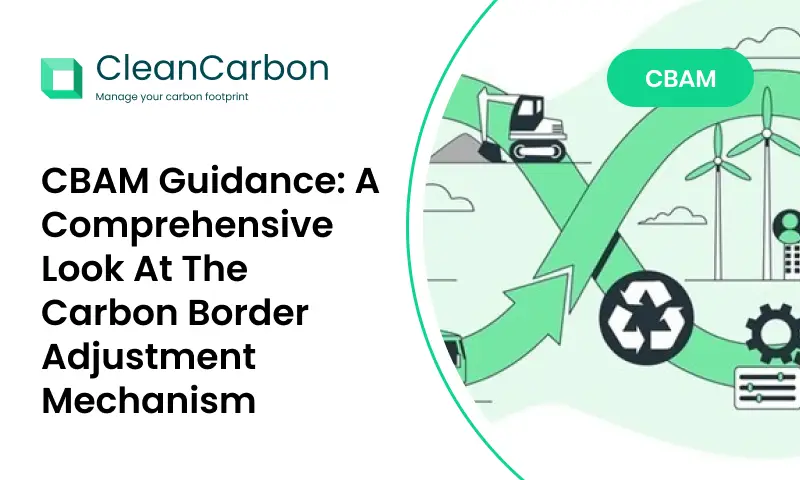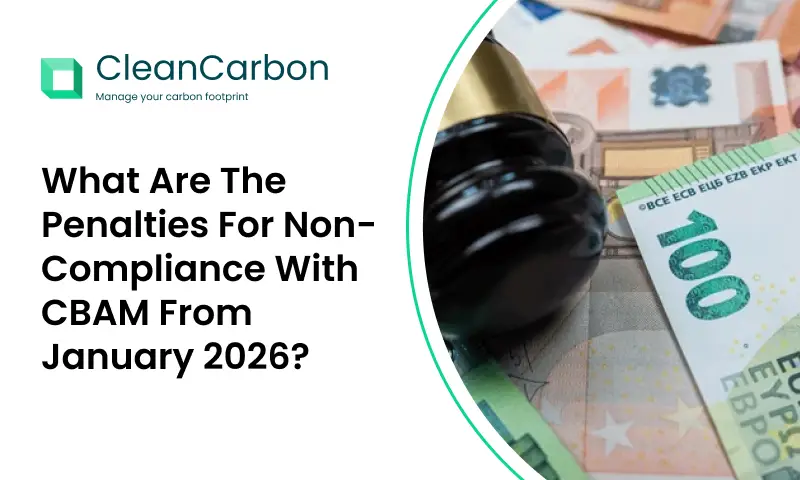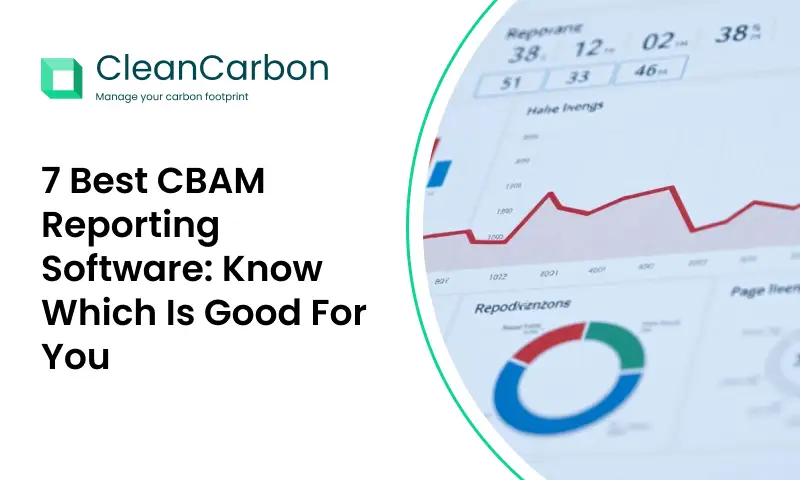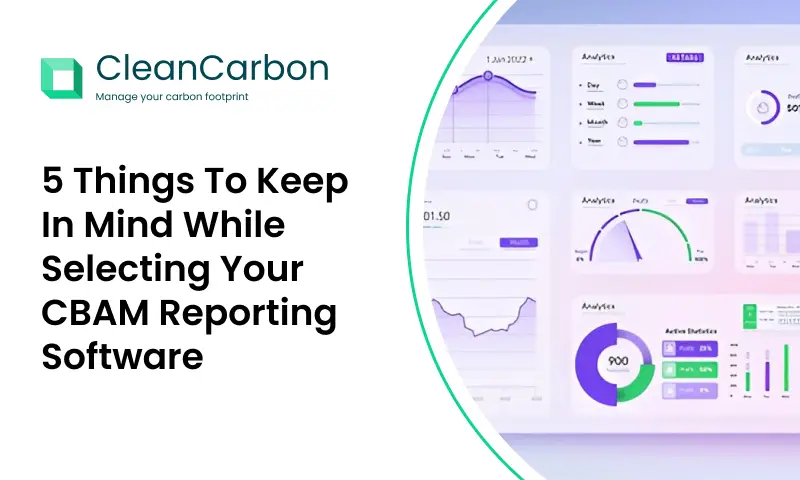CBAM guidance becomes increasingly crucial for policymakers and businesses switching to the European Union’s push to reduce carbon emissions. The Carbon Border Adjustment Mechanism should balance international trade with climate objectives, with external affairs subject to the same carbon-cutting goals as EU domestic production. The policy-breakthrough effect affects not just industries but worldwide environmental policy for decades ahead.
Understanding the Substance of CBAM Guidance
The Carbon Border Adjustment Mechanism fills the gap in addressing the necessity of hindering carbon leakage, where companies relocate their activity to more stringent climate policy nations. The imposition of a carbon price on a foreign product puts local and international business on an equal footing, according to CBAM guidance.
The plan focuses mainly on high-carbon sectors like steel, cement, aluminum, electricity, and fertilizers. These industries’ businesses are required to meet emissions reporting requirements and obtain CBAM certificates equivalent to the carbon tax they apply to their goods.
Why CBAM Guidance Matters for Businesses
Compliance with CBAM advice isn’t merely following a rule—it’s making the way forward. Companies investing in low-carbon technology and sustainability can become a winner. While the EU steps up to climate leadership, working together with the Carbon Border Adjustment Mechanism can provide businesses with the power to future-proof supply chains.
Apart from that, well-educated companies with knowledge regarding this policy will be in a position to prevent fines, build more robust trade links, and acquire green investors. Non-compliance companies can lose access to the EU market or incur gigantic costs.
The Key Principles of the Carbon Border Adjustment Mechanism
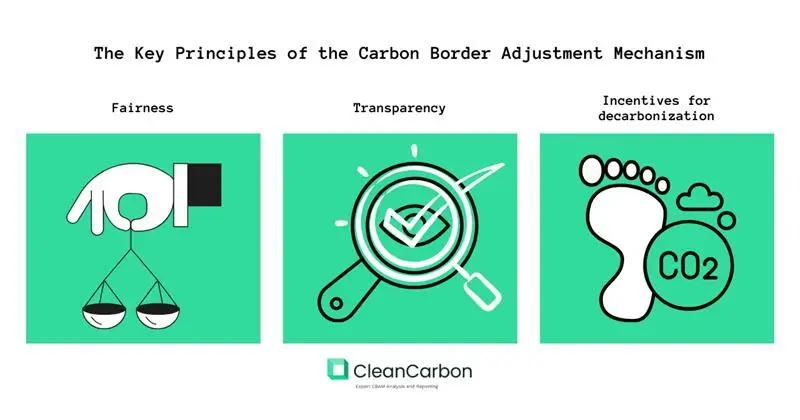
In essence, the Carbon Border Adjustment Mechanism follows three key principles:
- Fairness: Imports from non-EU countries are charged the same carbon fee as domestic products.
- Transparency: Open authentication and disclosure of carbon emissions must be conducted.
- Incentives for decarbonization: Carbon-intensive imports are priced, e.g., through CBAM, in order to encourage foreign suppliers to decarbonize.
Companies must monitor their emissions from time to time and examine the books with precision. Pre-action according to CBAM rules ensures ease of compliance and prevents trading interruptions.
Compliance Challenges and Hindrances
Application of CBAM guidance may prove to be tricky for non-carbon accounting and emissions monitoring companies. This may be a difficult task to obtain precise data in worldwide supply chains, particularly for businesses having intricate layers of providers.
But all this change also brings with it special opportunities. With improved energy efficiency, green investment in renewable energy, or converting to low-carbon products, firms have the chance to end up saving in the long term. The green first will not only comply with Carbon Border Adjustment Mechanism but also create a healthy brand image.
How to Prepare for CBAM Compliance
The companies need to begin with a point of carrying out an emissions stock check and looking for hotspots in the supply chain that are carbon-intensive spots. Based on CBAM guidelines, the companies can do the following:
- Be aware of reporting requirements: Proper measurement and verification of greenhouse gases’ emissions.
- Work with suppliers: Talk to the international partners and get them act in line with EU carbon values.
- Investment in sustainability: Transitioning to cleaner production processes is, therefore, regulatory and business.
It is by adopting these practices at the beginning that companies can transition to the Carbon Border Adjustment Mechanism with maximum efficiency.
Global Impacts of the Carbon Border Adjustment Mechanism
Implementation of the Carbon Border Adjustment Mechanism will have long-term implications on trade policy across the world and encourage other nations to adopt similar climate policies. The ripple effect makes the guidelines of CBAM all the more crucial as an example in addressing economic and environmental issues worldwide.
Poor countries might make it difficult for themselves to shift to this transformation, but cooperation, technical aid, and coordination can fill the gap. Multinationals will be compelled to reconcile competitiveness and environmental responsibility as they enter the new world of commerce.
The Future of Carbon Border Policies
As the EU builds climate policy further, CBAM direction will be more detailed and prescriptive, with increasing clarity and guidance for businesses. It is not merely a tool of rule-making—it is an innovation driver, and in doing so, it is driving industries towards more sustainable practice.
Firms adopting this shift will be perfectly poised to rule a low-carbon world. Carbon Border Adjustment Mechanism is not a crisis tool; it is a shift towards cleaner international trade.
Conclusion: Executing CBAM towards Sustainable Success
Implementation of CBAM guidance is a great move towards carbon neutrality on behalf of the EU. It makes it increasingly attractive for foreign companies to emphasize sustainability and revamp their production models. To such firms who wish to stay competitive in the new world order, it is not a choice but a necessity to adapt based on the Carbon Border Adjustment Mechanism.
Through the active adherence to this policy, organizations not only become compliant with regulation but also find themselves in possession of a significant competitive advantage in a more international, sustainability-focused market.

